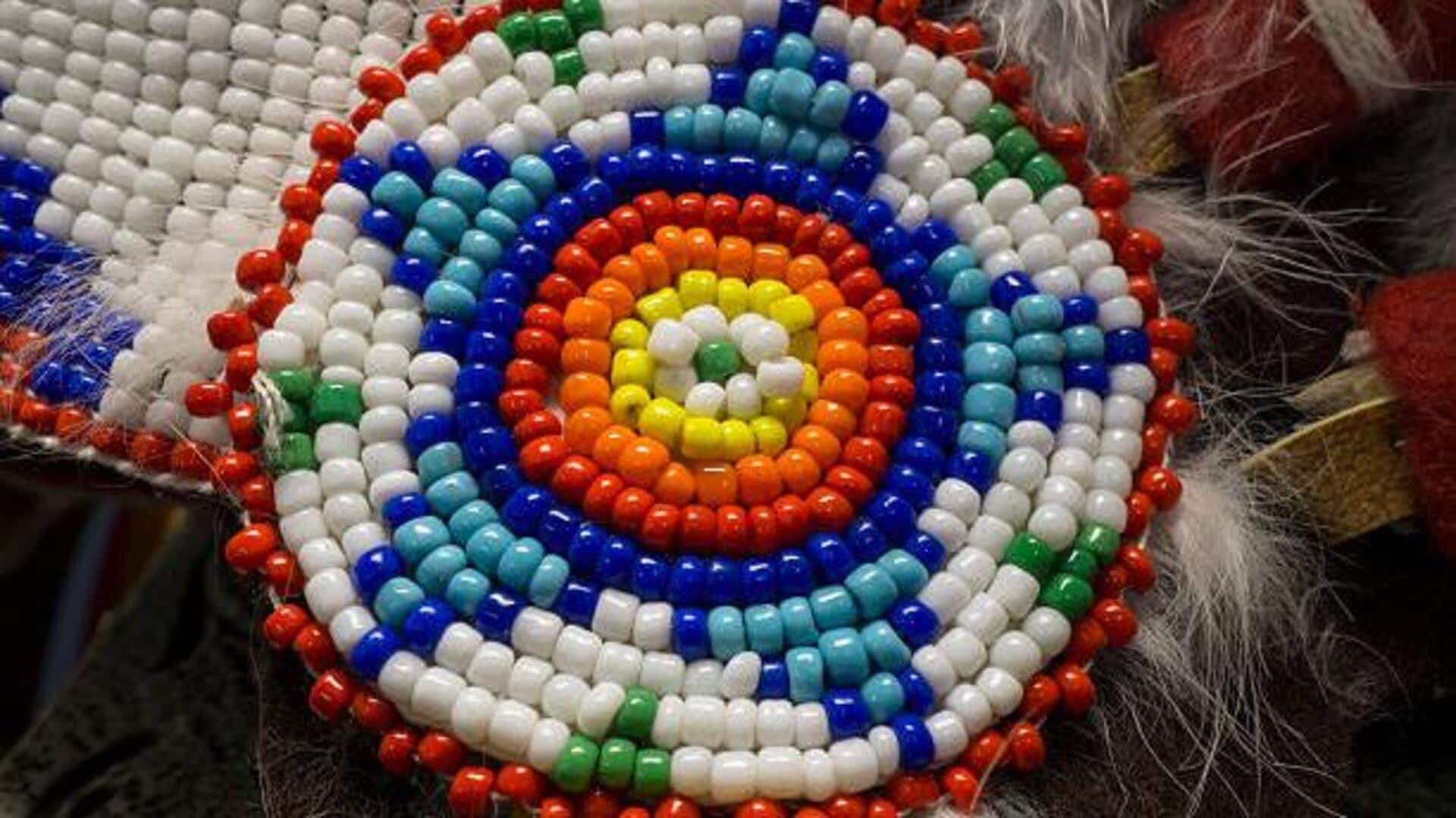
All about bead art
What's the story
One of my favorite sustainable crafts has to be African bead art. Using recycled materials, artists create beautiful, colorful tapestries, not only showcasing their creativity but also promoting the environmental consciousness. Craftsmen across Africa create intricate designs that capture cultural heritage and innovation, while also emphasizing sustainability in traditional arts.
Historical roots
The history behind bead art
Centuries deep-rooted in African culture, beadwork has been around for ages. Traditionally, beads were crafted from natural materials such as shells and stones. Over the years, glass beads gained popularity through trade with the Europeans. However, the use of recycled material keeps this tradition alive while addressing modern-day environmental issues. By repurposing discarded beads, artists continue cultural practices while working towards sustainability.
Crafting methods
Techniques used in crafting
Creating bead tapestries involve various techniques such as stringing, weaving, and embroidery. Artists carefully select colors and patterns to tell stories or symbolize some cultural motif. The process involves patience and precision, as each bead is carefully placed to form intricate designs. These techniques have been passed from generations to generations, ensuring that the traditional skills are preserved and adapted to contemporary needs.
Eco-friendly practices
Environmental impact of recycled beads
The use of recycled beads has the potential to cut down on a lot of waste by reusing materials that would have otherwise gone into landfills. The practice not only saves resources, but it also cuts down on the carbon footprint that goes into making new materials. From what I can tell, by opting for recycled over new beads, artists make the environment more sustainable without compromising on the aesthetic quality of their work.
Community support
Economic benefits for local communities
The production and sale of bead art serve as economic opportunities for local communities throughout Africa. Many artisans depend on this craft as a main source of income, feeding their families and contributing to local economies. Also, promoting eco-friendly products draw environmentally conscious consumers willing to pay premium prices for sustainable goods, further enhancing community livelihoods.